BIOWAR 2.0: Time to disrupt the Indian Health Eco System
Sun, 16 May 2021 | Reading Time: 4 minutes
Evolving paradigm: continuous war, not the garden variety kinetic but a new racy one – the HYBRID!! One is familiar with hybrid cars but it is time to get acquainted with hybrid wars. The new war that is being unleashed by nefarious actors and authoritative regimes to destabilize and weaken democracies is on the rise. Every day there are new wars on the horizon, be it attacks on electrical grids, financial markets, pipelines or data hacking. A recent dossier obtained by the US State Department about Chinese scientists preparing for a Third World War should send chills up the spine of any Government, let alone democratically elected ones. The world has suffered and lost lives running into hundreds of thousands but this seems only the beginning of something more ominous. For all practical purposes, though the main stream legacy media is reluctant to call it out due to their financial interests, the COVID pandemic can be presumed to be a bio-war.
Coming to India, the first wave of the BIOWAR 1.0 was mild with reduced caseloads due to stronger immune systems, social distancing and shutting down the country for prolonged periods. These things went astray as India opened up the economy which meant flouting of social distance norms combined with stronger double mutant variant thus leading to a perfect tsunami. It exposed the inadequacies of the existing infrastructure and how much of work is still required to combat this bio-war.
BIOWAR 1.0 opened our minds to the risk of man-made pandemic wars, but the silver lining could be the lesson to develop resilience strategies. If this is a BIOWAR, then the civil and military institutions should brainstorm and develop a new service branch catering to fighting these wars apart from the conventional Army, Navy and the Airforce. This service branch should ideally be made up of doctors, scientists, service personnel, logistics, communication and manufacturing experts. India’s AFMC is an illustrious college that has produced eminent doctors who have served the country with patriotism and pride along with the uniformed men and women on the front lines. First, the current intake of students should be expanded from their present intake of 150 students. Second, there should be five more colleges established catering to all regions of India such as the Northeast, Central Plateaus, the West and the East Coast along with the Southern Peninsula.
The next would be to set up a Public-Private Partnership research entity along the lines of DRDO or ISRO but focusing on research, development, manufacturing and delivery of vaccines for various bio-war scenarios. Autonomy to pursue research in line with the national interest should be provided with limited bureaucratic oversight. The processes should be owned, managed and run by medical, scientific and army professionals. This entity should also have a dedicated wing to protect the cyber assets of this hospital network to prevent attacks and hacking. India’s corporates have always generously stepped up during all of India’s crises and their stakeholder interests should be considered when they enter into this partnership.
The biggest disruption should be brought in scaling up the built-up infrastructure such as hospitals, equipment, storage and logistics. At present, the number of beds, medical equipment, and transportation logistics to cater to such a catastrophe has been woefully inadequate and India’s political maladministration since 1947 has been thoroughly exposed. A disruptive idea would be to build compact hospitals with emergency triage facilities and associated paraphernalia on railway land adjacent to train stations and along National Highways. There are about 7,000 train stations spread over 740 districts which would indicate almost 10 stations per district. Indian Railways is also the largest land owner of the country. If these hospitals are set up using Central Government land it will avoid cost land acquisition costs as well Centre-State political confrontations. The same would apply for land available with the NHAI. As the rail network of India is quite extensive, it would alleviate the logistical issues related to transportation of critical medical equipment. India’s AFMC trained doctors and nursing staff can serve here during times of non-emergency as para-military and still continue to help the local communities as a center of medical service while building trust with the local population. During bio-war like situations, the same centers shall be managed as war crisis centers.
The other critical areas that need to be addressed is communication. Currently, there is a lot of misinformation and disinformation that is spread by main stream and social media. These are pernicious and created by malicious political wars, corporate interests and enemies of the State, both domestic and foreign. During times of war, it is critical to provide the proper narrative so that accurate medical information is given to citizens rather than fear mongering. This communication department should be part of the new service group as it pertains to developing communication strategies.
Regarding capital expenses, the land is government owned and these hospitals can be pre-fab modular structures facilitating rapid construction, lower costs while affording scalability. From information gleaned from prior research, India’s average cost of running a 50-bed limited multi-specialty hospital is about Rupees Four Lacs per bed per year. If there is a 30 bed hospital, the total costs of the hospital shall be close to Rupees 1.2 Crores per annum. In US dollar terms, this comes to $160,000 per annum and even if India operates 500 such hospitals it will hardly cost $100,000,000 (One hundred million dollars per annum). India’s annual defense budget ranges from$75 – $90 billion dollars and these hospital costs will not even make a small dent in the defense budget.
Not only these hospitals will serve during times of war, they will have the dual benefit of providing quality medical care to people in remote areas during peace times. India’s Human Development Index will improve while encouraging nationalism when they see India’s tricolor helping them during times of peace and war. It is time to think strategic than tactical!
Disclaimer
The opinions expressed in this article are the author’s own and do not reflect the views of Chanakya Forum. All information provided in this article including timeliness, completeness, accuracy, suitability or validity of information referenced therein, is the sole responsibility of the author. www.chanakyaforum.com does not assume any responsibility for the same.
Chanakya Forum is now on . Click here to join our channel (@ChanakyaForum) and stay updated with the latest headlines and articles.
Important
We work round the clock to bring you the finest articles and updates from around the world. There is a team that works tirelessly to ensure that you have a seamless reading experience. But all this costs money. Please support us so that we keep doing what we do best. Happy Reading
Support Us




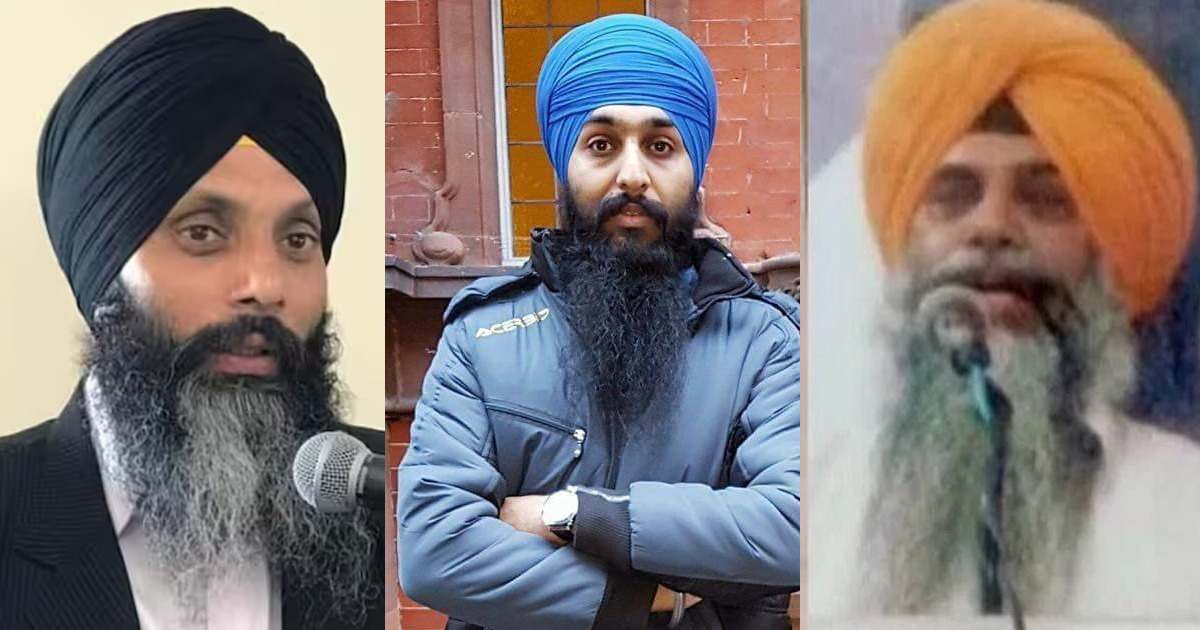
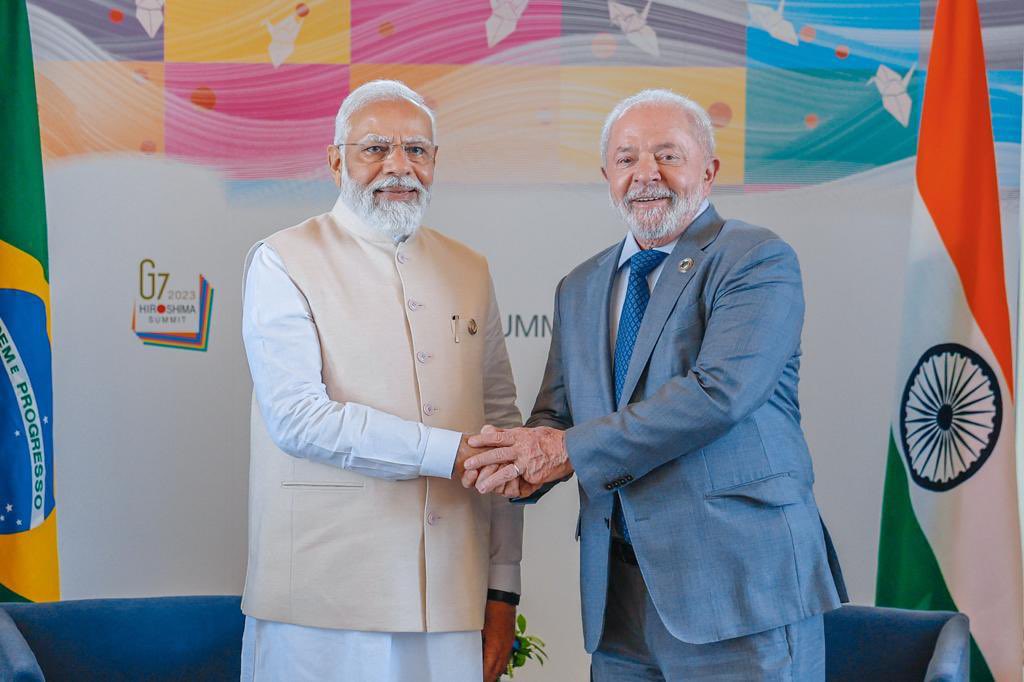

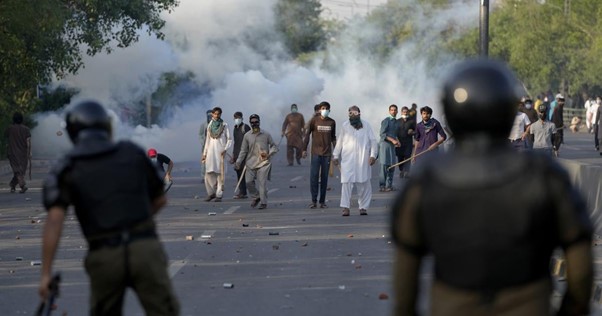

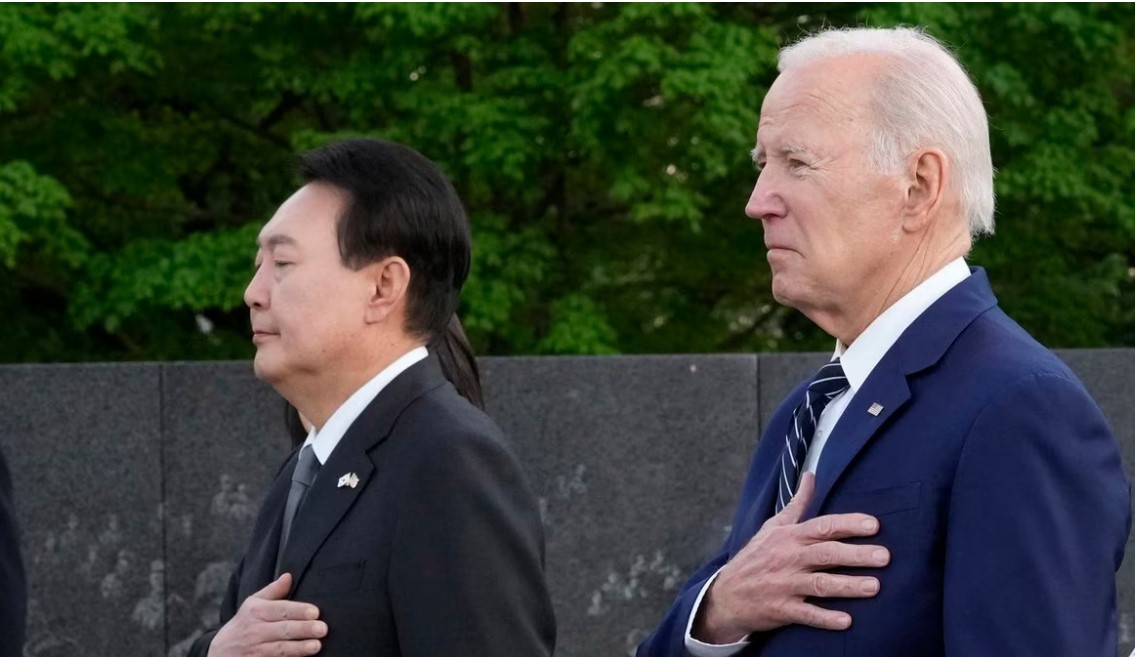


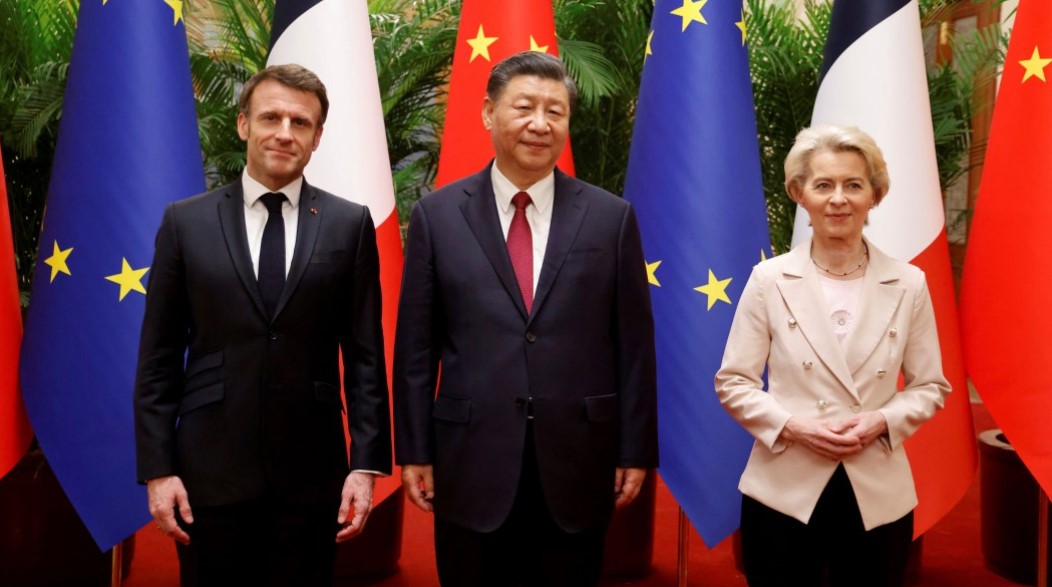
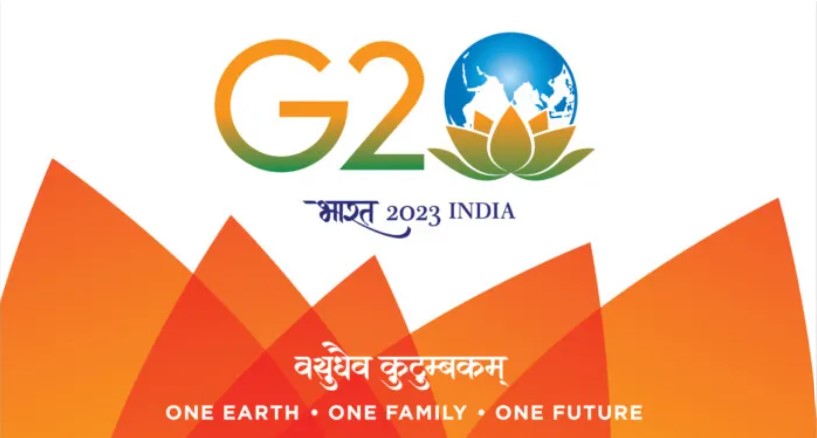






POST COMMENTS (2)
Jagriti
Sri Garapati